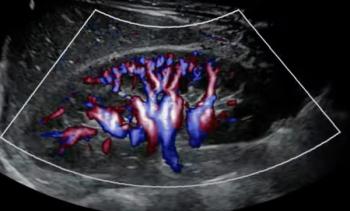
Podcast: Getting Your Radiology Solution Out There
Paul Chang, MD, offers some advice and warns of a few pitfalls radiology professionals face when getting their home-grown IT tools into the market.
[[{"type":"media","view_mode":"media_crop","fid":"8023","attributes":{"alt":"","class":"media-image media-image-left","id":"media_crop_5428327812734","media_crop_h":"0","media_crop_image_style":"-1","media_crop_instance":"208","media_crop_rotate":"0","media_crop_scale_h":"0","media_crop_scale_w":"0","media_crop_w":"0","media_crop_x":"0","media_crop_y":"0","style":"margin: 5px; float: left;","title":" ","typeof":"foaf:Image"}}]]Radiology clinicians and researchers know the requirements of their work flow better than any vendor or marketing survey - so many are developing their own software. Today, it’s easier than ever to develop IT solutions, but there can be a lot of obstacles, says Paul Chang, MD, FSIIM, professor and vice chairman of radiology informatics at the University of Chicago School of Medicine.
In this podcast, the second in a two-part series, Chang previews some of the advice and guidance he’ll be giving at
Newsletter
Stay at the forefront of radiology with the Diagnostic Imaging newsletter, delivering the latest news, clinical insights, and imaging advancements for today’s radiologists.




























